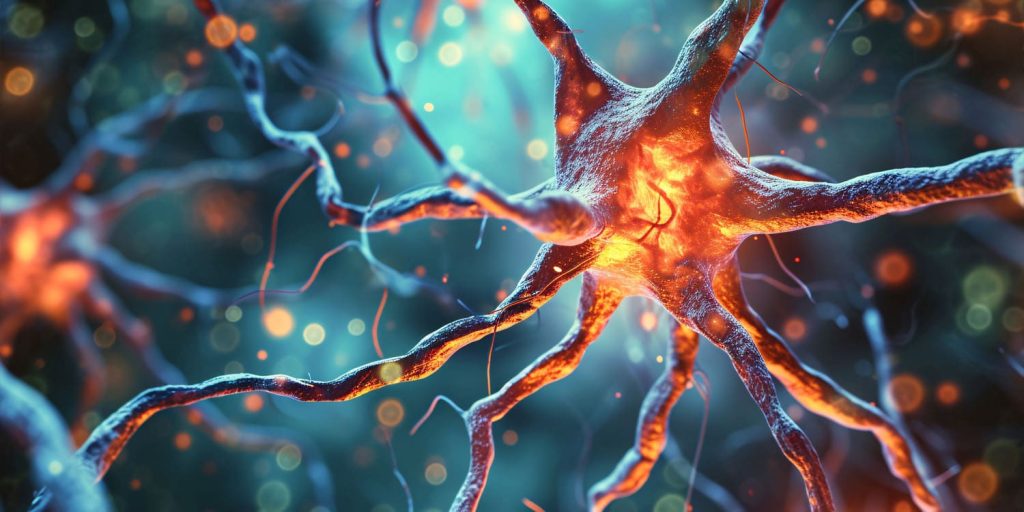Recent research published in the journal Neuropharmacology The study reveals how a high-calorie, high-sugar, high-fat “junk food” diet affects brain function and behavior. The researchers found that such a diet not only alters neural pathways but also influences food-seeking behavior, especially in obese rats. The findings could have important implications for understanding and developing strategies to combat obesity.
With obesity rates rising worldwide, it is important to understand how high-calorie diets affect brain function and behavior. Previous studies have shown that such diets can alter the function of the brain’s reward centers, particularly the nucleus accumbens. The nucleus accumbens is a key brain region involved in reward circuitry, which plays a key role in processing pleasurable stimuli and reinforcing behavior. In particular, it is important for the release of dopamine, which influences motivation, pleasure, and reward-seeking behavior.
However, little is known about how diet-induced changes in the nucleus accumbens differ between obesity-prone and obesity-resistant individuals. This study aimed to investigate these differences and understand how junk food intake and subsequent deprivation affect food-seeking behavior and neuroplasticity.
The study was conducted using male rats that were selected to be either prone to or unlikely to become obese. The rats were divided into three groups: rats fed a standard lab chow diet, rats fed a specially prepared junk food diet ad libitum, and rats fed a junk food diet followed by a period when they were only fed the standard lab chow diet. The junk food diet consisted of Ruffles potato chips, Chips Ahoy cookies, Nesquik, Jif peanut butter, and a mash mixed with standard lab chow, designed to mimic a high-calorie, high-fat human diet.
Behavioral experiments included Pavlovian conditioning, instrumental training, and tests to assess food seeking and motivation. In Pavlovian conditioning, rats learned to associate a specific cue with the provision of food pellets. In instrumental training, rats pressed a lever to obtain food pellets, and researchers assessed food-seeking motivation by measuring the number of times the rats pressed the lever. In addition, free-feeding tests were conducted to measure how much food the rats consumed when given free access to pellets, both under normal circumstances and after a period of food restriction.
To examine changes in brain function, the researchers In vitro Electrophysiological studies focusing on CP-AMPAR transmission in the nucleus accumbens, which involves activity of calcium-permeable AMPA receptors and potentiates synaptic responses to the neurotransmitter glutamate. These receptors play an important role in synaptic plasticity, influencing learning, memory and reward-related behaviors.
The study revealed that a junk food diet induced distinct behavioral and neural changes, especially in obese rats. In the behavioral experiments, all rats showed similar motivation for the presentation of food cues during conditioned reinforcement tests.
But an instrumental response test revealed differences: obese rats fed junk food pressed a lever less than rats fed a standard chow, indicating that they were less motivated to seek food when food was freely available.
However, when the junk food was followed by a period of starvation, the obese rats increased their lever pressing and food-seeking behavior, suggesting that the period of starvation increased the rats’ motivation to seek food.
In contrast, obesity-resistant rats showed no significant changes in food-seeking behavior after junk food restriction, highlighting an important difference between the two groups. Ad libitum feeding tests further supported these findings, showing that obesity-prone rats that experienced junk food restriction consumed more food pellets after the food restriction period compared to rats that were continuously fed either junk food or standard chow.
Electrophysiological studies provided insight into the neural mechanisms underlying these behavioral changes: the researchers found that junk-food-deprived obesity-prone rats had increased CP-AMPAR transmission in the nucleus accumbens, whereas obesity-resistant rats did not.
This effect was specific to inputs from the medial prefrontal cortex (mPFC) and not the basolateral amygdala (BLA).Furthermore, reducing activity of mPFC inputs to the NAc by pharmacological inhibition or optogenetic techniques was sufficient to recruit CP-AMPARs in the nucleus accumbens of obesity-prone rats.
These findings suggest that a history of junk food intake followed by deprivation may lead to profound neural and behavioral changes, especially in obesity-prone individuals. This study highlights the importance of understanding how diet-induced plasticity in brain reward pathways contributes to obesity and suggests potential targets for interventions aimed at mitigating the effects of obesogenic diets.
“These data provide further evidence that an interplay between predisposition and diet-induced neurobehavioral plasticity likely contributes to weight gain and the maintenance of obesity,” the researchers concluded. “Given modern diet culture, these data also highlight the importance of understanding the enduring changes that occur after cessation of a high-sugar and/or fatty diet and lay the groundwork for future studies linking these synaptic changes to behavioral outcomes.”
“Finally, our data here demonstrate for the first time that synaptic CP-AMPARs can be recruited in adult brain slices and in the NAc by reducing excitatory transmission. These data therefore reveal new insights into the mechanisms underlying CP-AMPAR recruitment in the NAc, which is likely to be related to synaptic scaling mechanisms. This has important implications for both cue-induced food-seeking behavior and potentially drug-seeking behavior.”
the study, “Effects of junk food on food-motivated behavior and glutamatergic plasticity in the nucleus accumbens: insight into the mechanism of calcium-permeable AMPA receptor recruitment” was written by Tracy L. Fetterly, Amanda M. Catalfio, and Carrie R. Ferrario.


